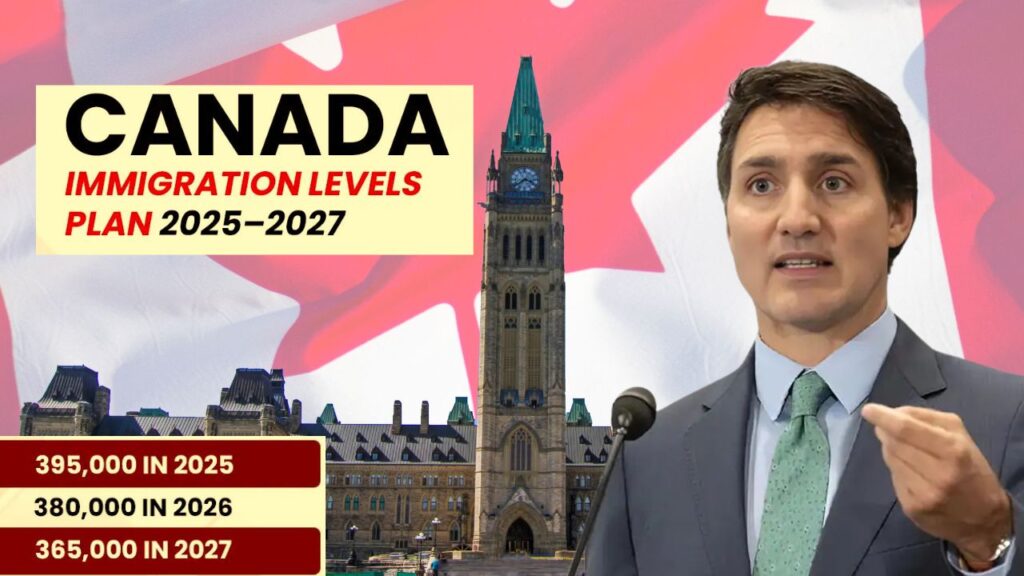The Temporary Foreign Worker Program (TFWP) in Canada continues to be a key mechanism for addressing labor shortages across various sectors by allowing Canadian employers to hire foreign workers temporarily. This program plays a vital role in filling gaps when Canadian workers or permanent residents are unavailable for specific job positions.
However, employers are required to demonstrate that they have exhausted all domestic labor sources before hiring a foreign worker, which is usually done by obtaining a Labor Market Impact Assessment (LMIA).
Labor Market Impact Assessment Requirements and Process
To hire through the TFWP, employers must go through the LMIA process, which involves proving that the hiring of a foreign worker will not negatively affect the Canadian labor market.
Here’s a quick look at the steps involved in the LMIA process:
- Job Posting Timeframe: Employers must adhere to specific timelines for posting the job opening as part of the LMIA process.
- Application Fee: A non-refundable application fee of $1,000, paid by the employer, is required for each LMIA application.
- Transition Plan: Employers must submit a transition plan detailing how they will reduce their reliance on foreign labor, particularly for high-paying positions.
- Compliance: Employers must comply with various standards related to wages, working conditions, and labor rights.
For more information on the LMIA process, visit our LMIA guide.
LMIA Exemptions and the International Mobility Program (IMP)
While the TFWP requires an LMIA for most foreign workers, there are exemptions available. The International Mobility Program (IMP) allows employers to hire foreign workers without the need for an LMIA in specific circumstances. For example, foreign workers hired under international agreements, intra-company transfers, or certain bilateral agreements may be exempt from the LMIA requirement.

TFWP vs. IMP: Key Differences
| Feature | Temporary Foreign Worker Program (TFWP) | International Mobility Program (IMP) |
|---|---|---|
| Purpose | To address labor shortages in Canada | To facilitate temporary work opportunities through agreements |
| Employer-Specific | Yes, tied to a specific employer | No, can be employer-specific or open |
| LMIA Requirement | Generally required | Not required |
| Eligibility | Must have a job offer from a Canadian employer | Varies by agreement or arrangement |
| Processing Time | Can vary by stream | Generally faster processing |
| Work Permit Duration | Varies depending on the job offer | Varies depending on the agreement |
Transitioning Foreign Workers to Permanent Residency
A significant number of foreign workers who come to Canada through the TFWP successfully transition to permanent residency. Work experience gained while in Canada plays an essential role in this process. There are several pathways available for foreign workers to gain permanent residency:
- Canadian Experience Class (CEC): If foreign workers have worked in Canada for at least one year in a skilled occupation, they may qualify for permanent residency under the Express Entry system. This program awards points based on Canadian work experience, making applicants more competitive for permanent residence.
- Provincial Nominee Programs (PNPs): Foreign workers who may not meet the Express Entry requirements or CRS cut-offs may still be eligible for permanent residency through PNPs. Many provinces nominate skilled workers to meet their labor market needs, and this can lead to permanent residency.
- Spousal Sponsorship: Workers who have established a relationship with a Canadian citizen or permanent resident may apply for permanent residency through spousal sponsorship.
Read Also: Ultimate Guide About Post-Graduation Work Permit in Canada 2025
Frequently Asked Questions (FAQs)
Who is eligible for the TFWP?
To be eligible for the TFWP, foreign workers must:
- Have a valid job offer from a Canadian employer.
- Meet the skill and experience requirements for the position.
- Be eligible to work legally in Canada.
- Meet other program-specific requirements.
What is a Labor Market Impact Assessment (LMIA)?
A Labor Market Impact Assessment (LMIA) is a document employers must obtain to hire a foreign worker. It helps the Canadian government ensure that hiring a foreign worker will not negatively impact the Canadian job market.
How do I apply for a Temporary Foreign Worker Program work permit?
The general process for applying for a TFWP work permit includes:
- Finding a valid job offer from a Canadian employer.
- Determining the appropriate stream under the TFWP.
- Completing the application and gathering the necessary documents.
- Submitting the application to Immigration, Refugees, and Citizenship Canada (IRCC).
What are the benefits of the Temporary Foreign Worker Program?
The TFWP benefits both employers and foreign workers:
- Employers gain access to a global talent pool to fill labour shortages and address skill gaps in the Canadian workforce.
- Foreign workers gain an opportunity to work in Canada, acquire valuable Canadian experience, and potentially transition to permanent residency.
What are the challenges of the TFWP?
While the TFWP offers numerous benefits, it also faces criticism, particularly concerning the potential for exploitation of foreign workers. However, the Canadian government has introduced measures to protect workers’ rights, such as ensuring fair wages, enforcing labour laws, and improving oversight of employers.
Conclusion
The Temporary Foreign Worker Program remains a critical tool for Canadian businesses to fill workforce gaps, while also offering international workers valuable opportunities. As Canada adapts its immigration policies, it’s important for both employers and workers to stay informed about changes to the TFWP, including LMIA requirements, exemptions, and pathways to permanent residency.
For further details, visit the official TFWP page and LMIA guide.

